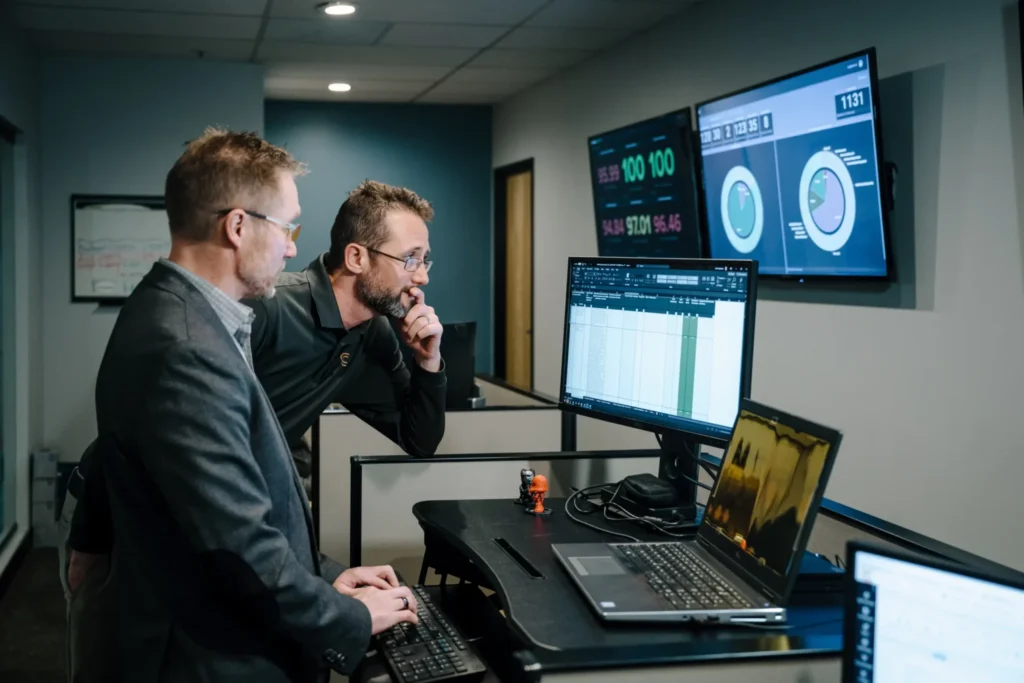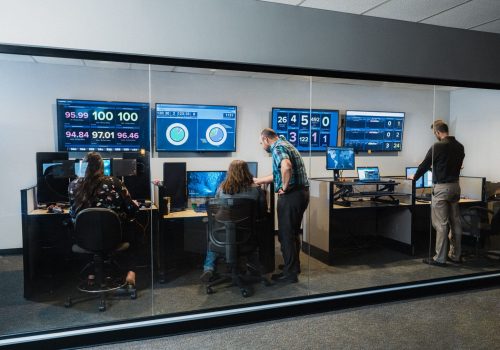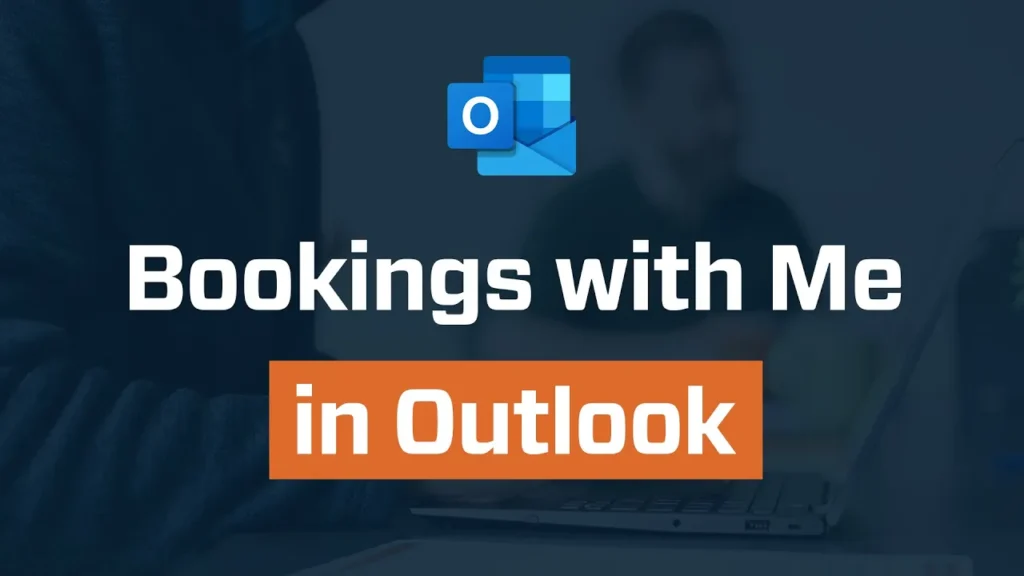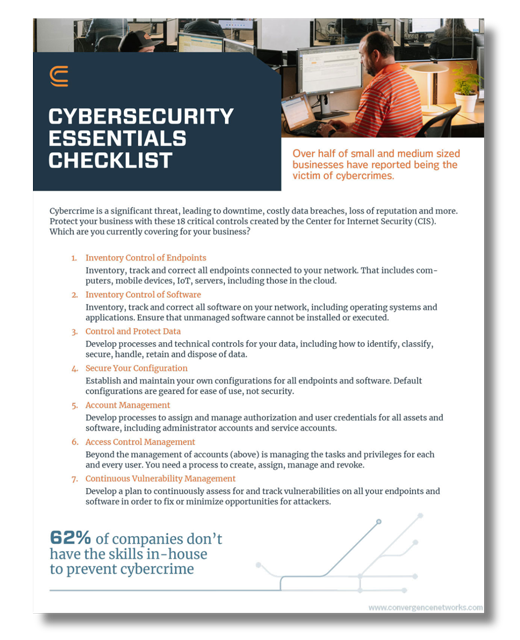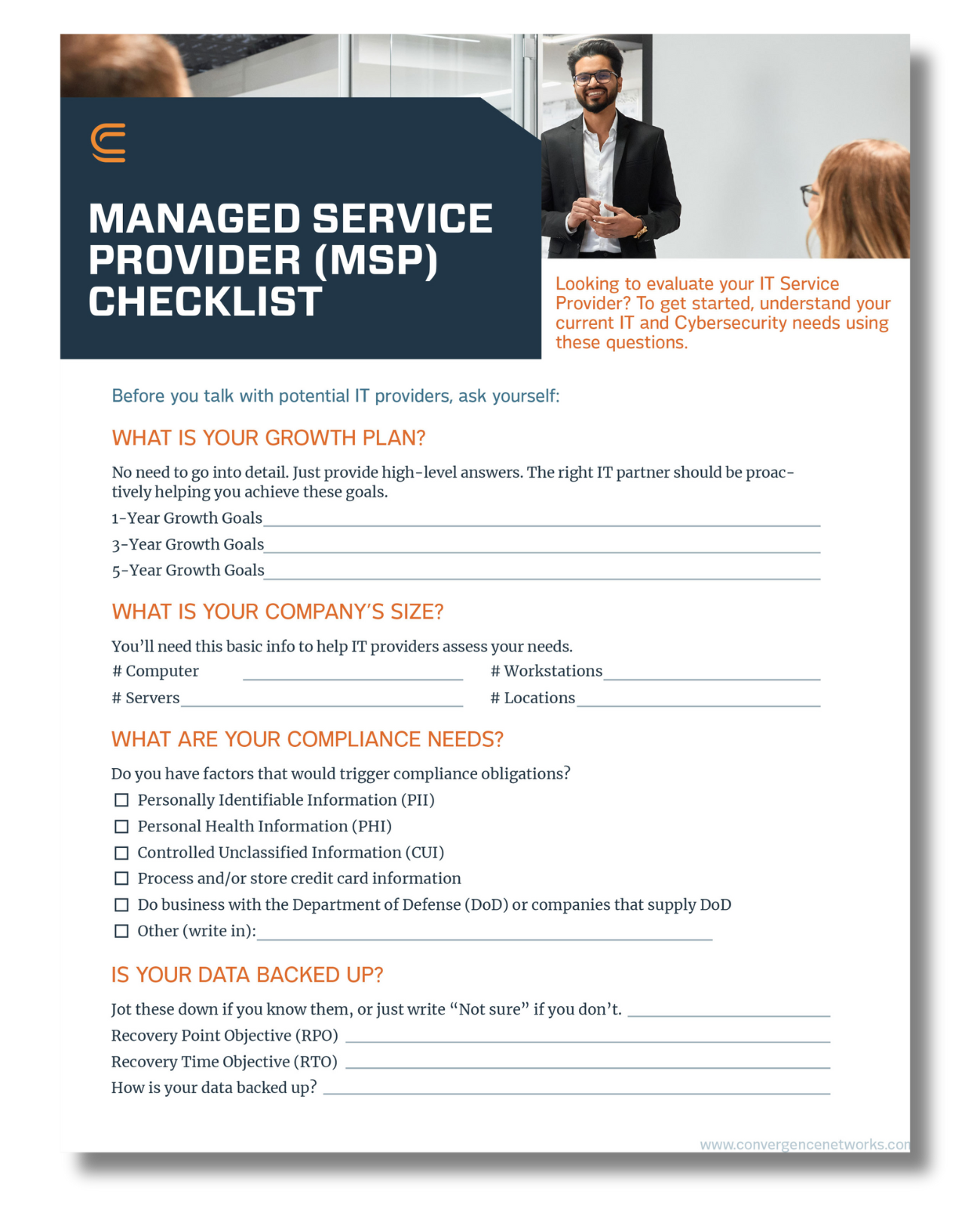Does your Managed Service Provider (MSP) have a dedicated seat in your accountability chart? If not, it should. More importantly, do you know how to properly hold your MSP accountable for the work you are paying them to do? Understanding where you MSP sits and knowing they are in the right seat is essential to having a successful partnership.
The first step you’ll need to take is identifying what the seat looks like – outline the role and the responsibilities for the seat you want them to fill. Then you can have the conversation with your MSP. Many companies get it backwards by finding a seat for the MSP when in reality, EOS teaches us to create the seat then fill it. When you go about it this way, you can present the seat and its responsibilities to your MSP. “This is the seat. This is how it is measured. This is how you’ll be held accountable. Do you get it, Want it, and have the Capacity to do it?”
Within the Entrepreneurial Operating System (EOS) the GWC tool can help the business determine if the person responsible, truly has the skillset to fulfill the role and meet the outlined goals. Just like you would evaluate your team members, you should also do the same for your MSP and other service providers that work with you. If your MSP Gets it, Wants it, and has the Capacity to Do it, you can then rest-assured your partnership is on the right track to success and that everyone is working towards the same goals.
Gets It.
Often it is easy to say, “yes I get it” and sometimes businesses can over commit to responsibilities they might not fully understand. Does your MSP actually get it? Your MSP must fully understand all the ins and outs of everything they do each day and the impact it has on your business. They must make sure they meet your requirements and help you reach your business goals and objectives. If your MSP, and their team members don’t understand how their job and the quality of work affects your business and team members then they won’t be able to check off the “Gets it” checkbox and will not be a good fit moving forward.
Wants It.
The world of Managed Services can be complicated. It’s changed a great deal over the years. IT service providers first started as companies providing a few quick repairs here or there, installed new equipment on demand, or ran software patches. Now MSP’s can work with you as an extension of your IT team to provide valuable benefits to your business and proactive service. You must first identify what you actually want out of your Managed Service Provider and confirm that this is what they want too. Some MSPs continue to operate on a break-fix model. Other MSPs like ourselves focus on a deeper partnership with our clients. If what you’re looking for is a deeper partnership and the MSP only wants to do troubleshooting and patching, then they won’t want to be in that seat for long. For the partnership to be successful using the EOS model your MSP needs to genuinely want to do the job and be responsible for the roles and responsibilities placed on their seat. They need to have an undeniable passion for the job.
Has the Capacity to Do It.
Your MSP has shown you they get what you want out of them, they want the job and now they must show you they have the ability to actually do the job. They need to be able to show you they have the emotional, intellectual, and physical abilities to do it. To demonstrate this, you should request documentation as proof that they have the capacity to do the job and they operate in this fashion daily. You can obtain this proof through asking for certifications, customer references and testimonials. You should also ask how much time they are able to commit to your company and confirm it is aligned with the expected time it will take.
There are no maybes in GWC. If they can’t answer yes to each of these components, then the relationship will not work, and your expectations are going to fall flat. Your MSP needs to be able to check “YES” to each: Gets it, Wants it, and has the Capacity to do it.
Identify 5 Key Metrics
Metrics can help you evaluate how your MSP is performing. They can help you make decisions going forward about the seat and the role your MSP plays. Metrics help you have clarity around what’s working and what isn’t working. This also helps to ensure the skills your MSP said they have, are being utilized – in other words, are you getting a return on your investment.
When working with your MSP it is best to identify 5 metrics that you can review on a 90-day basis to keep on track. Use your accountability chart as a basis for what you want to measure and go through these metrics with your MSP at your regular meetings to maintain accountability.
Your MSP Embodies Your Core Values
The most important aspect to look at when you are measuring your MSP and their seat is culture fit. Do you and your MSP have likeminded company cultures and vision? Do your values align with one another? These are vital to the success of your business and relationship. The saying “two heads is better than one” is relevant when it comes to building a partnership where trust, communication, and growth are at the forefront. If your MSP doesn’t check all your boxes, it just means there is a better fit somewhere else.
Is this something you want to explore? Contact us and we can map your journey.
Does your MSP Get it, Want it, and Have the Capacity to do it? Download our infographic to learn more.


